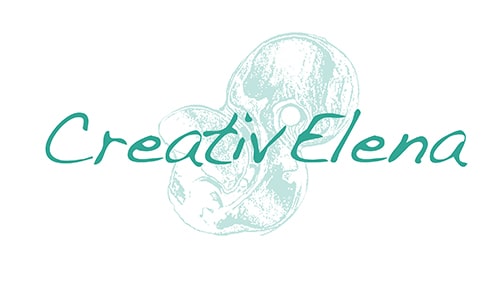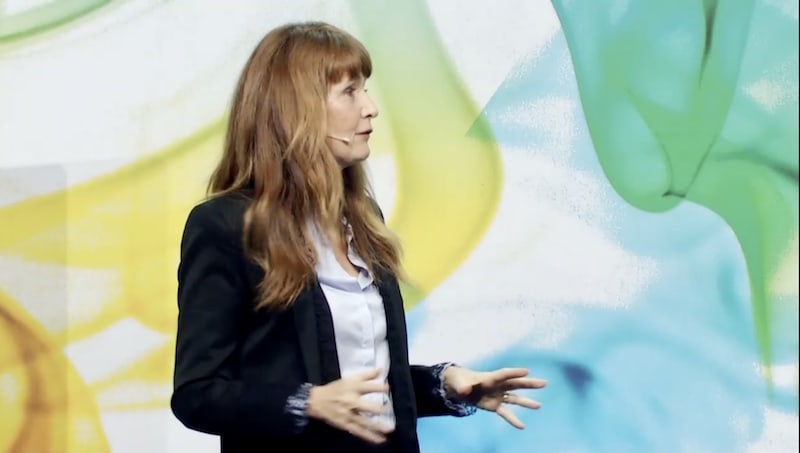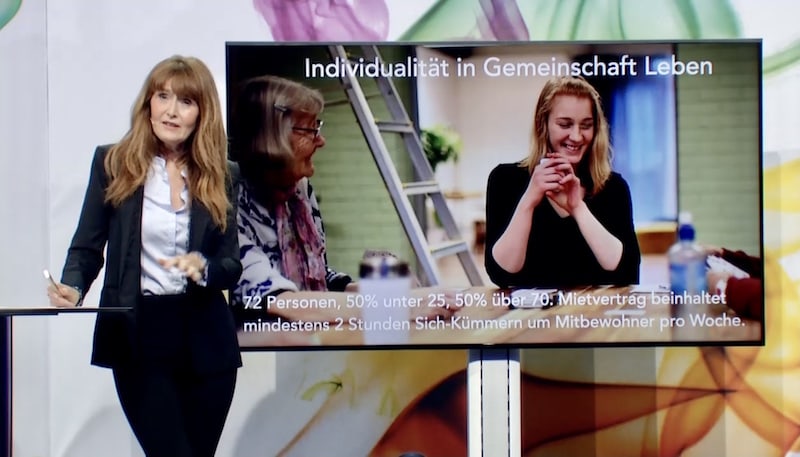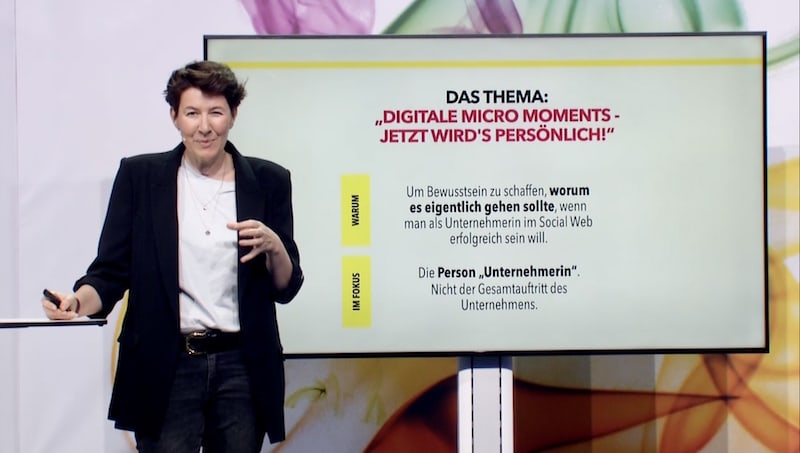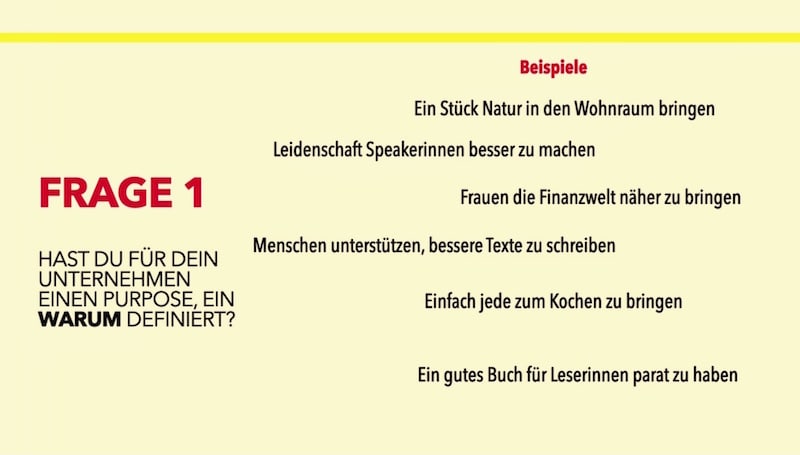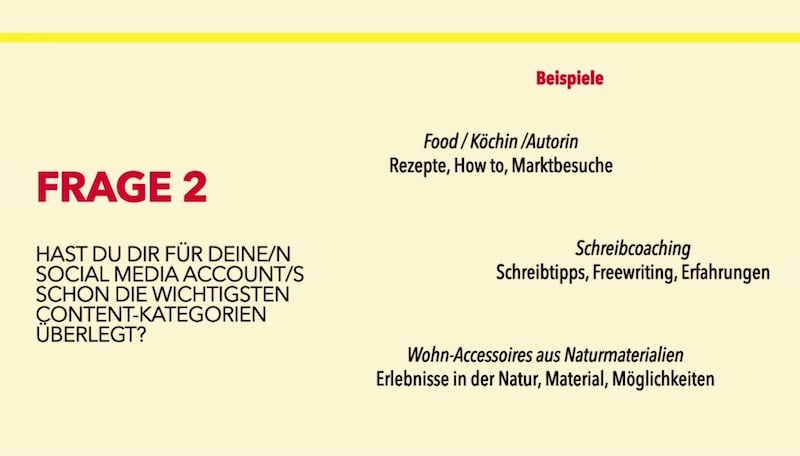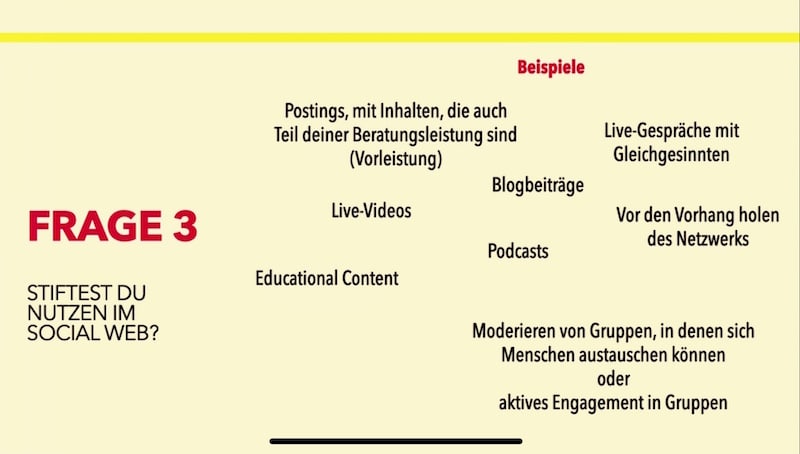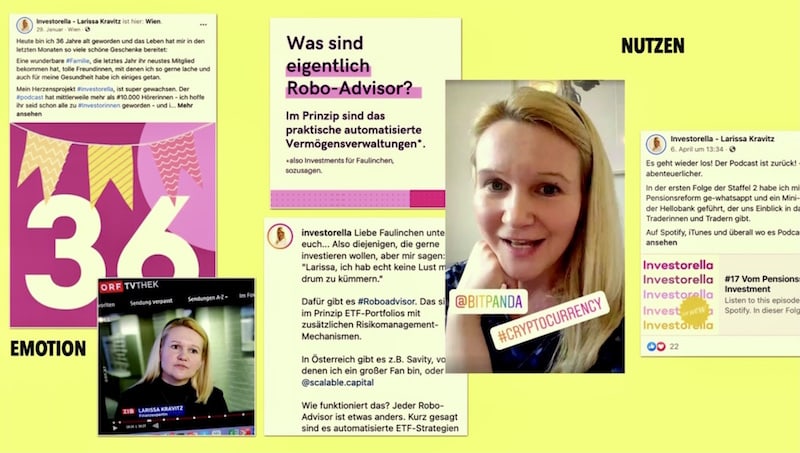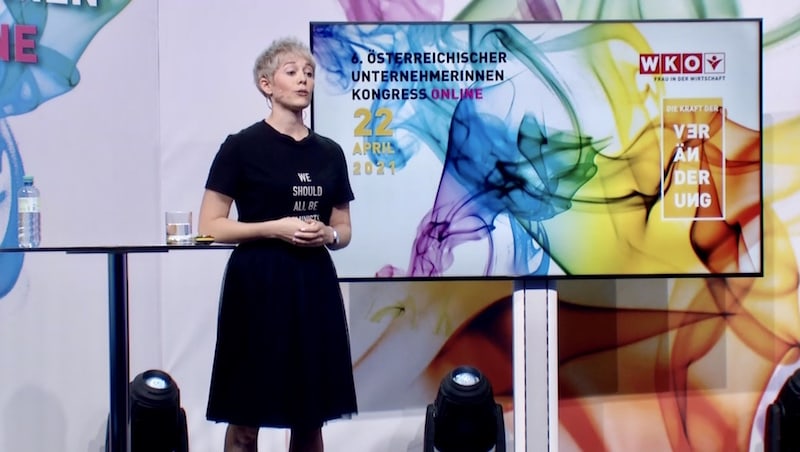Since being a mum to my almost two-year old son now, I feel like I’m fretting even more about the really important issues of our time. What does it mean being a working mum – socially, professionally and personally? What “things” (possessions, views, activities) count at the end of the day? What about education in and for the future: which major changes will we face there still?
Many answers, and even more questions, were discussed at this year’s virtual edition of the annual Austrian “Women Entrepreneurs’ Congress” Its motto: “The power of change”. When I first read through the programme a few weeks ago, my attention was already caught by the keynote speaker: Oona Horx-Strathern. I don’t know her personally, but I do know her husband, the well-known trend analyst and futurologist Matthias Horx. I met him at one of my first congress events as a young self-employed business woman almost 10 years ago and have always appreciated his research-based analyses and statements since. Oona, who originally hails from Ireland, impresses me even more. Her flawless German used in delivering her one-hour business speech about everything that also concerns me as an entrepreneur, mum and generally as a human being, left me thinking hard.
Facing the future ahead: 12 mega trends (and what they mean).
Oona starts her talk with an interesting analysis of the 12 mega trends of our time:
- Individualisation
- Gender Shift
- Silver Society
- Knowledge Culture
- New Work
- Health
- Neo-ecology
- Connectivity
- Globalisation
- Urbanisation
- Mobility and
- Security.
Mega trends, Oona emphasises, have “a half-life of at least 50 years, affect all areas of life, are worldwide phenomena, multi-layered and multi-dimensional“. If you want to read up on this in detail, I can recommend the website of the German Zukunftsinstitut on the issue of mega trends. It includes a “road map” pictured like the London tube map, emphasising just how all of these mega trends (and their derivatives) interact with each other.
Oona goes on to explain that every trend gives rise to a counter-trend. The actual development results from the dynamic between trend and counter-trend. Imagine the mega trend of the so-called ‘Silver Society’, our ageing society. The counter-trend is biographical rejuvenation, which leads to the phenomenon of ‘down-ageing’. Further, apparent contradictions in the dynamics of trend and counter-trend have resulted in the following terms:
- SIMplexity: The desire for simplification in a world that has become increasingly complex.
- Prosumer: Proactive consumers who are self-aware and informed.
- Flexitarian: Vegetarians who eat meat on flexible terms, like once a week, but otherwise eat vegetarian food.
- Glocalisation: Combining the best of both worlds with global & local dimensions.
- OMLine: A desire for new, digital mindfulness in a world of increasing overload.
Another example is the mega trend of connectivity: “Loneliness is not the result of living alone, but of social isolation”, Oona claims. And pleads for individuality in community-style living: “Co-Living“, that is. She quotes the architect Jeanne Gang, who says: “Architects don’t design buildings. What they really design are relationships, because cities and buildings are about people.”
Oona Horx-Strathern about the future of work: “We should aim at networking with each other, over replacing each other.”
One word about the “New Work” mega trend sticks: The combination of home + office, which Oona lightly calls “Hoffice“. Work-life balance is out, work-life blending is in: “I’m not a fan of striving for work-life balance”, she says. “Life is rarely in balance. Rather, we should consider blending the many aspects of our lives better.”
As a housing expert, the futurologist draws the following architectural floor plan of the current knowledge society:
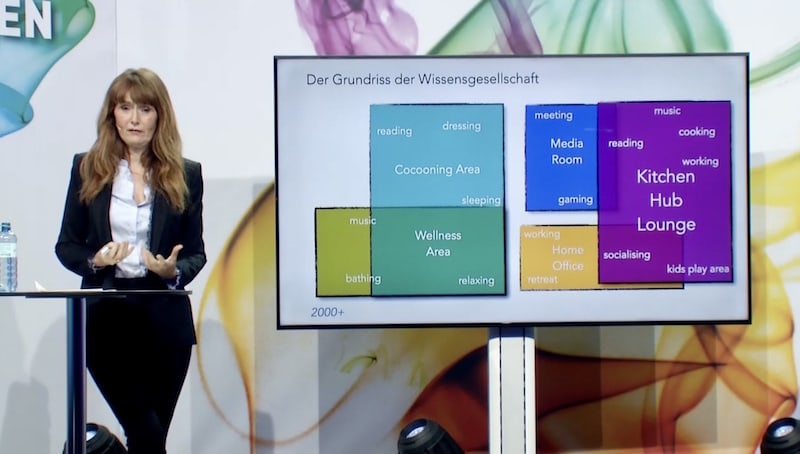
I must say, I agree. Our very own wellness + cocooning areas have the same attributes in our house, and so do the kitchen – hub – lounge, home office and media rooms. Our “kids play area” does, however, definitely extend to the whole house 😀
Finally, three words about what, according to Oona Horx-Strathern, are considered jobs of the future: “Trainers, Explainers, Sustainers“. What does she mean by that? All those who impart knowledge, can interpret and explain things correctly, and act sustainably – be it in the private or professional sphere. Thank you, Oona, for this exciting keynote lecture!
Next up is Dani Terbu, who has been online since the late 1990s (many of those years spent blogging and on Social Media when those terms were not even popular in Austria yet). She gives us many exciting answers to the following question:
What are “digital micro moments”, and why are they important?
I got to know Dani Terbu as well as Matthias Horx about 10 years ago at one of their (and my) first social media seminars. Ever since, I’ve followed her many social media communication tips and recommendations. I was thus very pleased to see her among the list of speakers at this year’s Virtual Women Entrepreneurs Congress.
Before anyone starts doing anything on Social Media, Dani recommends working through the following 3 to-do’s. “People don’t buy what you do. They buy why you do it“, she argues in the context of explaining her “digital micro moments” strategy. The starting point to be thinking from is this: Go define your purpose. As in: What drives me as an entrepreneur?
The second task is about focusing on a content strategy and publishing schedule: It’s exactly what I teach my social media workshop participants, too. Dani encourages us to ask ourselves: Have I already got a content strategy in mind?
The third task finally focuses on the importance of value: What value do my postings have for my virtual community? What, Dani Terbu asks us, do you post that is actually helping someone achieve something, rather than continuously “highlighting how great you are”?
I completely agree with her that these are important task sets for a successful social media presence – and not only for women entrepreneurs. Basically, everyone can and should ask themselves these questions, because communication, and especially in the digital spheres, always leaves traces. Dani Terbu cites one of the business mums in my network as an example: Larissa Kravitz, aka Investorella, manages to bring women closer to the world of finance in a truly engaging way via social media.
Last but not least, I was also impressed by the last virtual lecture I attended. It was delivered by Steffi Burkhardt, who advocates a change of values in the world of work towards younger decision-makers. “We should all be feminists”, was written on her T-shirt. I think I agree!
